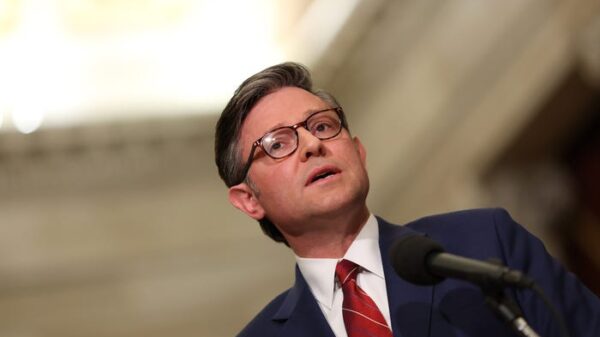NASA is undergoing a significant leadership transition as it strives to land astronauts on the moon again by the end of this decade. With challenges mounting, the agency’s future direction remains uncertain. According to Casey Dreier, chief of space policy at the nonprofit Planetary Society, “There’s a lot left up in the air, though the signs are more positive than I would have said a couple of months ago.” His comments came during the ScienceWriters2025 conference held in Chicago this week.
The agency’s leadership change is particularly noteworthy as it comes at a time when the future of NASA’s ambitious projects, including the Artemis program, is being debated. On his first day in office, former President Donald Trump nominated tech billionaire Jared Isaacman to be NASA’s administrator. Although Isaacman’s nomination was briefly withdrawn amidst a dispute involving SpaceX founder Elon Musk, it was recently revived. In the interim, Transportation Secretary Sean Duffy served as NASA’s acting administrator and appeared to have his own aspirations for the role.
Isaacman, who has gained recognition for creating his own space program and participating in two privately funded flights to orbit, received positive feedback after his initial Senate confirmation hearing in April. Dreier indicated that the upcoming second hearing, which has yet to be scheduled, is likely to yield a favorable outlook for Isaacman’s renomination. “Having someone who doesn’t dislike the agency that they want to run is actually not bad,” Dreier remarked.
Despite the optimism surrounding Isaacman’s potential confirmation, he faces scrutiny related to a recently leaked document outlining his vision for reforming NASA, known as Project Athena. This 62-page report, which surfaced shortly before his renomination announcement, suggests significant shifts in NASA’s operational focus, including transferring some responsibilities for space science missions to commercial enterprises. It also proposes removing NASA from “taxpayer-funded climate science” and calls for a review of the necessity of various NASA centers, including the Jet Propulsion Laboratory.
In response to the leaked report, Isaacman clarified that the document was prepared prior to his nomination withdrawal and described some of its content as outdated. He emphasized that it did not advocate for closing any centers or cancelling programs prematurely. “It was written as a starting place to give NASA, international partners, and the commercial sector the best chance for long-term success,” Isaacman stated.
Dreier expressed support for certain aspects of Project Athena, particularly the emphasis on nuclear electric propulsion, which he believes could be a crucial legacy if Isaacman successfully navigates the challenges ahead. The upcoming NASA administrator will need to address several pressing questions, particularly regarding the agency’s reliance on SpaceX for its upcoming lunar missions.
“There’s a concern that we have put our nation’s reputation and goals in the hands of literally one company to deliver on that space race,” Dreier noted. He also warned against narrowing NASA’s focus to just a few celestial targets, which could limit opportunities for scientific exploration.
As Isaacman’s confirmation process unfolds, he will need to balance ambitious reform proposals with the concerns of lawmakers who support existing programs and funding priorities. The challenges he faces mirror the complexities of navigating an asteroid field, emphasizing the critical nature of the decisions that lie ahead for NASA.
The future of space exploration hangs in the balance, and how NASA adapts to these leadership changes will significantly impact its ability to achieve its goals in the coming years.






































































